Characteristics and description of the tomato variety Nastenka, its yield
It is important for summer residents to have in the garden such a variety as Nastenka's tomato, moderately whimsical, fruitful and tastes good. Having collected a large harvest of ripe tomatoes, they are also used for salting, prepared in their own juice, gelatin. They are good and fresh. Despite her selective youth, Nastenka has firmly won a place of honor in the beds.
Description of the variety
Tomatoes were called a beautiful female name for a reason. Nastenka's fruits are not striking in their size, they are modest in size, reaching from one hundred to two hundred grams. And the standard bush itself reaches a height of about seventy centimeters.
But outwardly, tomato bushes are compact, the stems are covered with dense foliage. They can be used for site decoration. And the oblong red fruits make the bushes even more elegant. Since the tomato variety Nastenka belongs to early ripening, the harvest time is in mid-June. The ripeness of the fruit is determined by its rich pink color. Their taste is excellent - truly tomato, with a high sugar content. The pulp of tomatoes is tender, juicy. The fruit has more than six seed nests.
The preservation of the presentation of the tomato is high, so tomatoes can be grown for sale. Due to the compactness of the bush, even in a small area, enough plants are planted, giving from one square meter to ten to twelve kilograms.
Characteristics of a semi-determinant plant
The word determinant means limited in growth. Those who grew the variety Nastenka know that as soon as a flower ovary appears at the end of the stem, it stops growing. Therefore, the strongest shoot, located below the central shoot, begins to develop further.
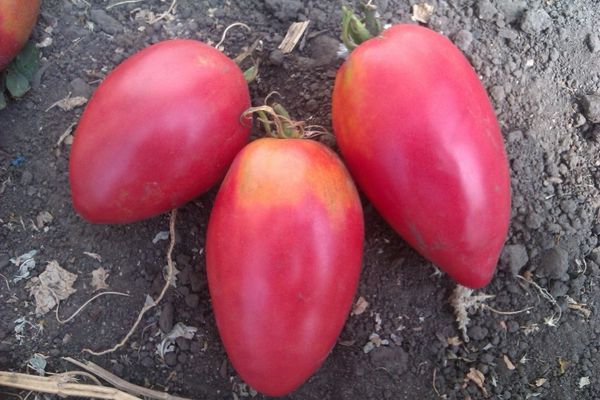
Discover semi-determinate tomato you can by:
- seedlings - their cotyledonous knee expands and is no more than one or three centimeters long;
- the formation of the first flower brush - it appears after the seventh to eighth true leaf;
- the bookmark of flower brushes in adult tomatoes - two to three leaves between the brushes;
- restriction of growth after the formation of ten or twelve hands.
Since Nastena belongs to the standard plant species, the thickened central stem does not need a garter. It holds itself perfectly straight without bending under the weight of the fruit.
Pros, cons of the determinant
From the characteristics and description of the Nastenka variety, positive points can be distinguished:
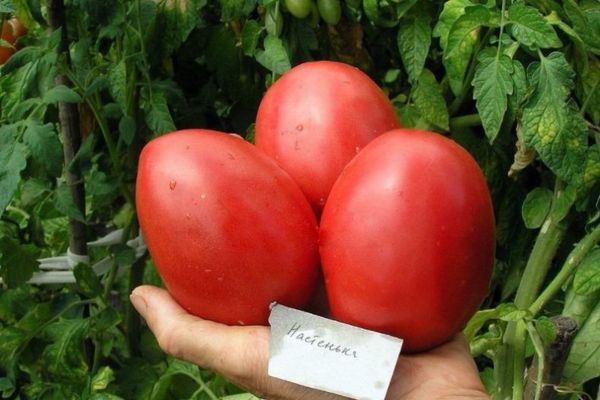
- Due to the frequency with which flower clusters appear, tomatoes ripen faster.
- The number of fruits is more on one bush, hence the yield is higher.
- Pink fruits ripen amicably, as the brushes are tied at the same time.
The minuses of a semi-determinant variety include:
- predisposition to disease;
- compulsory work on the introduction of mineral fertilizers;
- pinching the plant due to the congestion of the bush with stems and fruits.
All the disadvantages of the variety are associated with the requirements for tomato care.
Features of plant care
The Nastenka variety is grown in a seedling way. Seedlings begin to cook in March, and in mid-April they are planted in a greenhouse, in early May - in open ground. It is important that the seedlings are ready for transplanting. Readiness is determined by the presence of six to eight leaves and one flower cluster on the stem. The permissible planting rate is considered to be up to six bushes per square meter.
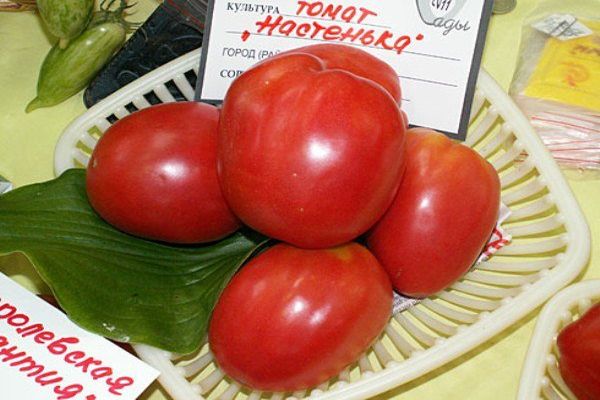
Tomatoes are demanding care, consisting of:
- moderate but regular watering;
- the introduction of mineral fertilizers;
- weeding;
- hilling;
- removing dry leaves;
- timely collection of fruits.
It is imperative to remove stepchildren from a plant if it is planted in a greenhouse. Usually a bush of three stems is formed, then fruiting will be active.
Mineral dressing for tomatoes
The Nastenka variety is especially picky about mineral fertilizers:
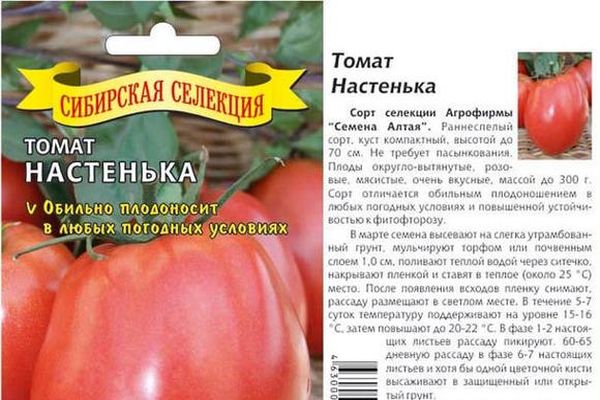
- Phosphorus is essential for strengthening the root system. It is contained in superphosphates up to fifty percent, phosphates - up to twenty. The use of phosphorus flour or precipitate is common.
- To improve the growth of tomatoes, active fruit setting, nitrogen is needed, which is contained in ammonium nitrate and urea.
- Strengthens the immunity of plants, their resistance to diseases, increases the palatability of tomatoes, potassium.
Microelements are introduced in the complex. First, in the spring, the soil is fertilized with a phosphorus-potassium mixture. The prepared soil will help the vegetable root system develop faster.
Under the root, or spraying the foliage, five to six dressings are applied during the growing season:
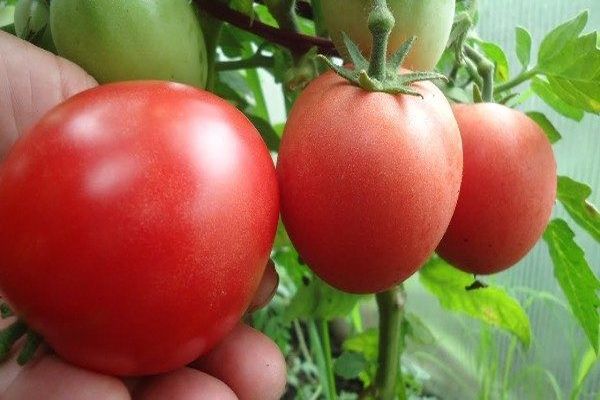
- ten days after planting with nitrophoska solution;
- repeat the procedure after two weeks;
- after picking - superphosphate and potassium sulfate;
- ten days later - with a solution of ammonium nitrate (10 grams per bucket of water);
- spraying with a solution of urea, superphosphate;
- after the appearance of the first brush - with azophoska solution;
- for quick ripening, tomatoes are poured with a superphosphate solution and potassium salt.
The vegetable plant itself will tell about the lack of any mineral. If the leaves turn yellow, and the stem is elongated, then it is urgent to feed with nitrogen.
The lack of phosphorus is indicated by twisted leaves, purple color of the stem. Potash fertilization is necessary if, in addition to foliage curl, a brown border appears on the leaf plate.
An overdose of minerals is just as dangerous as a lack of them.
Reviews
According to gardeners, Nastenka's tomatoes have a lot of advantages. It is necessary to organize proper care for them, to observe the terms of planting in the greenhouse and open ground. They will be able to resist diseases if they are watered on time, actively fed. Many reviews say: when I planted a variety of tomatoes, I did not think that I would grow annually. But the variety is so fond of that there is not a single vegetable grower who would not give him a place in his garden.
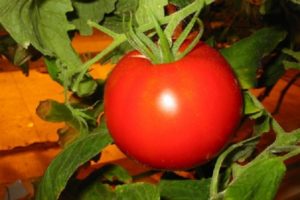
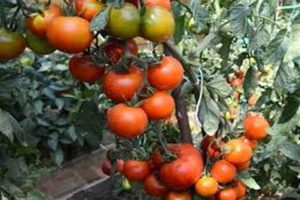

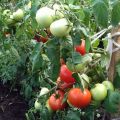

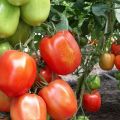
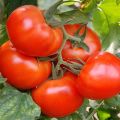
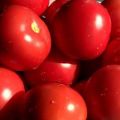
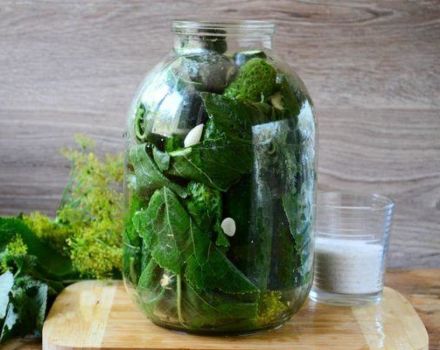
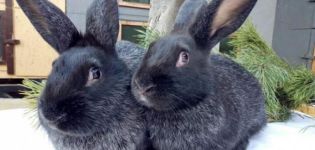
Tomatoes of this variety grow large even without special fertilizers. I only add a bioactivator to the soil "BioGrow".The product is natural, does not harm the soil. I recommend using it.